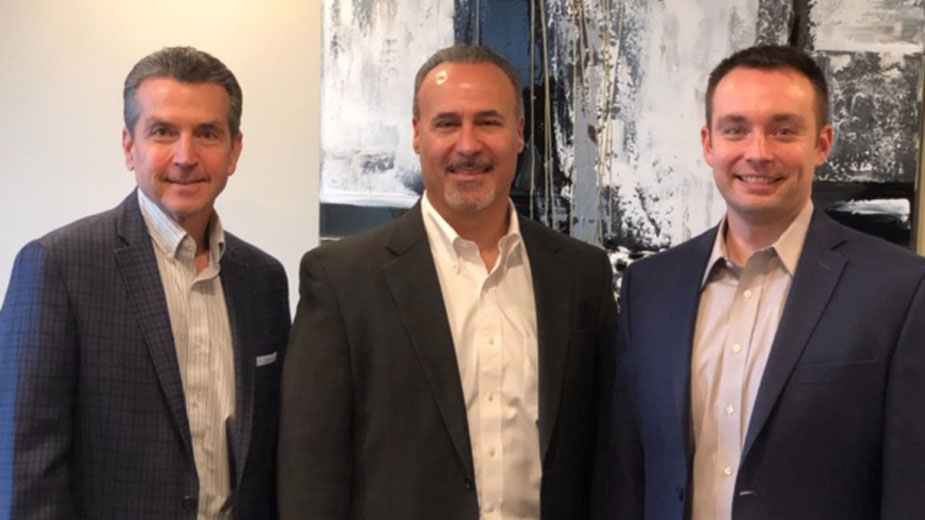Eliminating Waste in Health Insurance
In the last month, the Amazon, Berkshire Hathaway and JP Morgan health care venture selected a CEO and announced a major acquisition. Dr. Atul Gawande, an author, surgeon and lifetime public health professional will be leading the charge to reinvent health care in America.
Amazon announced the acquisition of online pharmacy PillPack which caused the stocks of Walgreens, CVS and Rite Aid to lose $12.8 billion in market value in a single day.
The entrance into health care through acquisition would suggest that the Amazon, Berkshire Hathaway and JP Morgan venture intends to go to market quickly.
The rapid plummet in market value suggests that Wall Street knows how much waste exists in the current system and the threat posed by exposing this waste to consumers.
Selecting a provider to lead the new venture and buying a piece of the supply chain sends a clear message: Any layers standing between the patient and provider are going to be squarely on the chopping block. Health insurance carriers and insurance brokers will not exist as they do today in the next five years, perhaps even sooner.
Here’s what the mortgage lending industry would look like if it operated the same that way our current health insurance industry operates:
You purchase a beautiful home for your family. However, when spring rolls around you quickly realize that cutting the lawn just isn’t your cup of tea. That’s okay, thankfully your bank is there to help.
You’re allowed to pick a landscaping company from their list of preferred providers. Although you’re not allowed to see the price of the grass cutting or read any reviews, you should rest easy knowing that your bank has negotiated the best discount with the best landscaping companies.
Never mind that these landscaping companies are all preferred providers of the other banks in town as well.
Two months after the first time the landscaping company cuts your lawn, you receive an explanation of benefits from the bank and a separate bill from the landscaping company.
The bill doesn’t match the explanation of benefits so you call your banker to help resolve the issue. Just about the time you’ve negotiated and resolved your bills for the landscaping company, it will be winter and you’ll be calling the bank again about their preferred providers for snow plowing.
Shortly after all of the back and forth, your bank will raise your rate for the next year because you used so many of their preferred providers. Your current mortgage banker as well as four other mortgage bankers will call you to talk about moving to another bank for your financing.
You don’t have to be Jeff Bezos, Warren Buffett or Jamie Dimon to see the layers of waste and lack of transparency in our health-care system. The good news is that you don’t have to be the CEO of Amazon to fix health care at your company.
Why Focusing on Price Fails to Lower Cost
As independent actuaries, health-care consulting firm Milliman doesn’t care who the insurance company is, what provider network an employer is using or how a health plan is designed.
In its Milliman Medical Index, the firm looks at how companies spend money under any form of benefit plan.
What they found was, 20% of the plan cost is a fixed expense, such as administration fees or stop loss premiums, and 80% is variable, depending on the procedures and claims accumulated.
Far too often, health insurance brokers working on behalf of employers focus solely on negotiating the 20%. But who cares if you squeeze a few nickels out of the 20%, if 80% is going totally unmanaged?
Most brokers tout a discount on admin fees or stop-loss premium yet ignore the 80% of cost that is controllable.
As the expression goes, brokers are tripping over a dollar to pick up a dime and doing nothing for long-term cost containment.
Don’t Accept Regular Cost Increases
When informing clients of yet another annual premium increase, most brokers will commonly reference industry “trend,” or the average percentage by which health plan costs are rising each year, as benchmarks to validate their performance.
The problem is, health insurance trend a fake number.
Everyone does it, from small boutique firms to national consulting houses. The latter will then reference their internal surveys, which – surprise, surprise – tend to show the employer’s annual cost increases are just below the national average.
“Thank goodness you’re working with us. We have you performing better than the market,” they say. “You’re below trend.”
Another common line brokers use is, “The claims are the claims. We can’t do anything about the claims.”
In simpler terms, most brokers don’t know how to manage the 80% of your cost, which is controllable.
Eliminate Misaligned Incentives
We’ve established that 80% of health care costs are variable and thus within your company’s control. So why are your rates continuing to increase?
The Affordable Care Act, also known as Obamacare, virtually guarantees that fully insured premiums will increase.
The Medical Loss Ratio established by the ACA, requires health insurance carriers to pay 80% to 85% of all premium dollars (depending on group size) to claims and activities that improve the quality of care.
As fully insured premiums rise, so does the 15% to 20% that the medical loss ratio allows insurance carriers to retain to run their business. If the health insurance carrier reduces your rates, the 15% to 20% they are granted under the medical loss ratio is also reduced.
A New Way Forward
Approximately 155 million Americans are insured through employer sponsored coverage.
Amazon, Berkshire Hathaway and JP Morgan employ 950,000 people worldwide and an estimated 750,000 in the United States. Factoring in spouses and dependents this new venture will likely insure between 1.5 and 1.7 million people or roughly 1% of the employer sponsored market.
Although these are large employers, they represent a relatively small subset of the current employer sponsored market.
While most businesses don’t have the means to acquire large pieces of the health care supply chain, all employers have the ability to immediately eliminate waste and intermediaries from their health care plans.
Copyright 2024 The Business Journal, Youngstown, Ohio.



